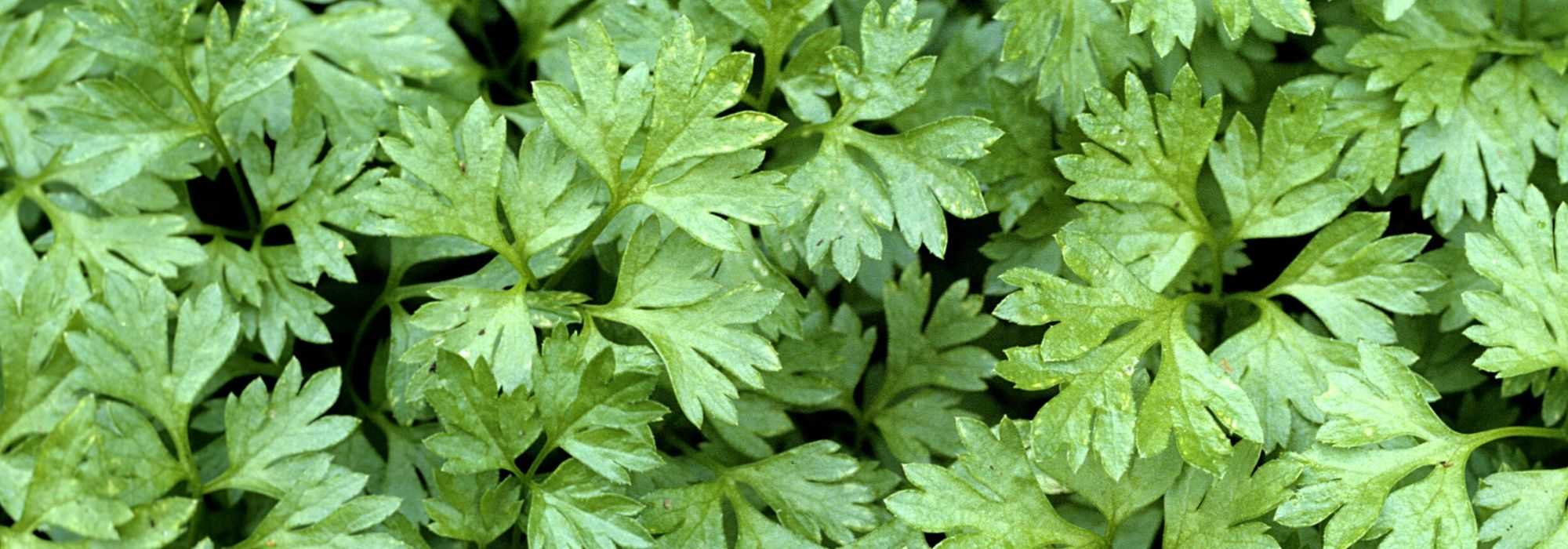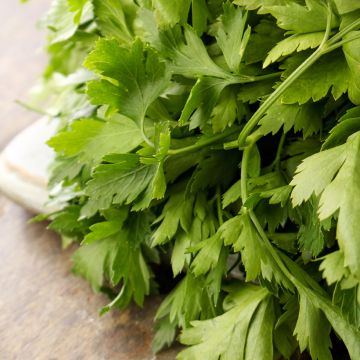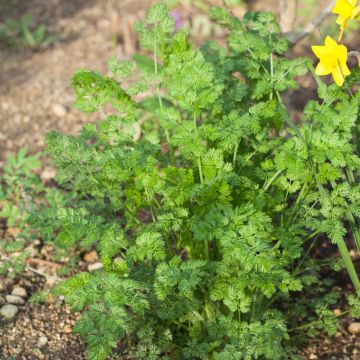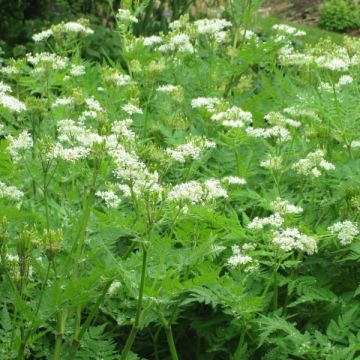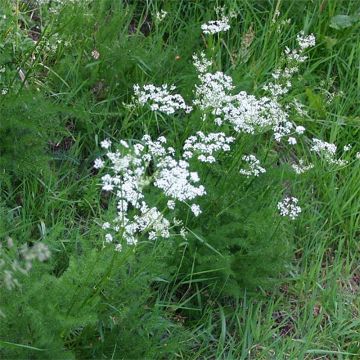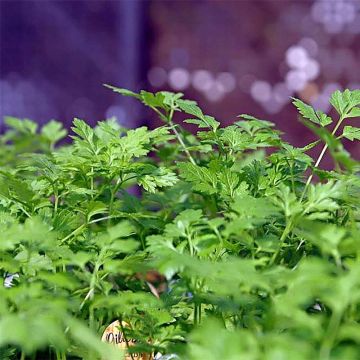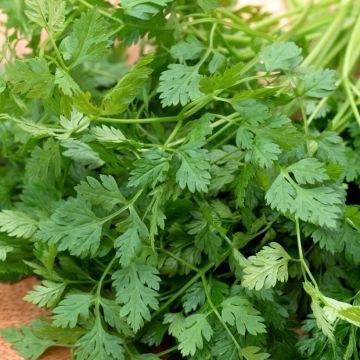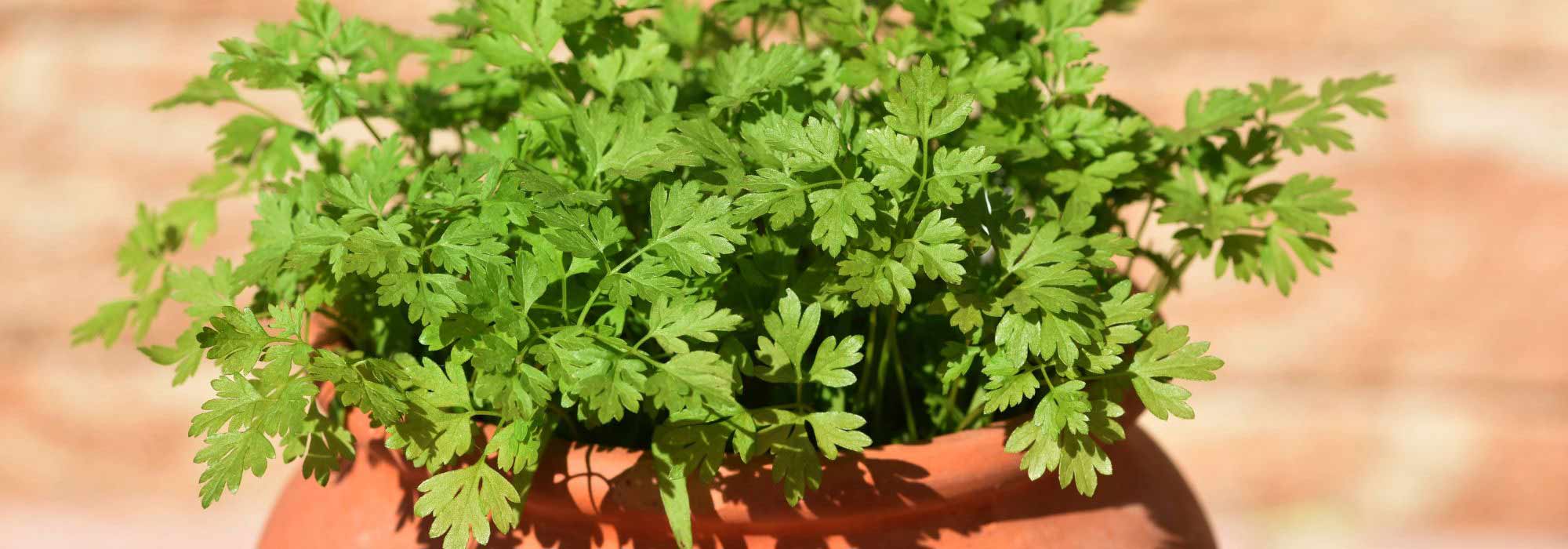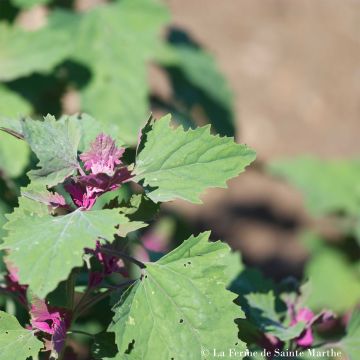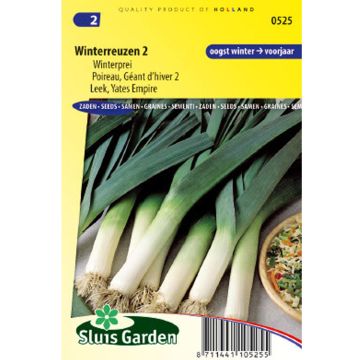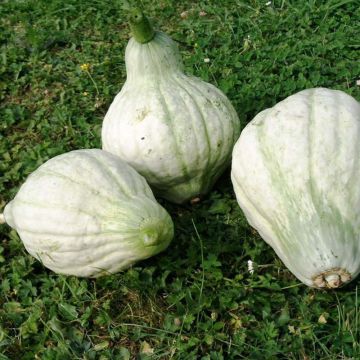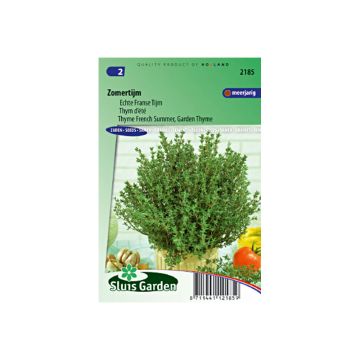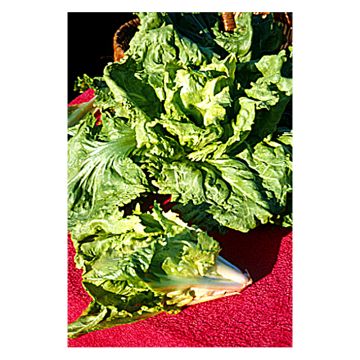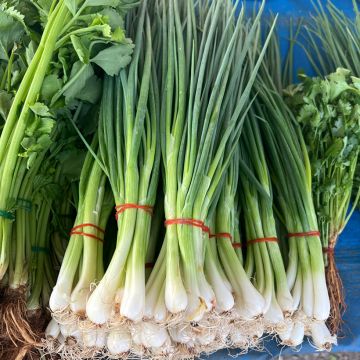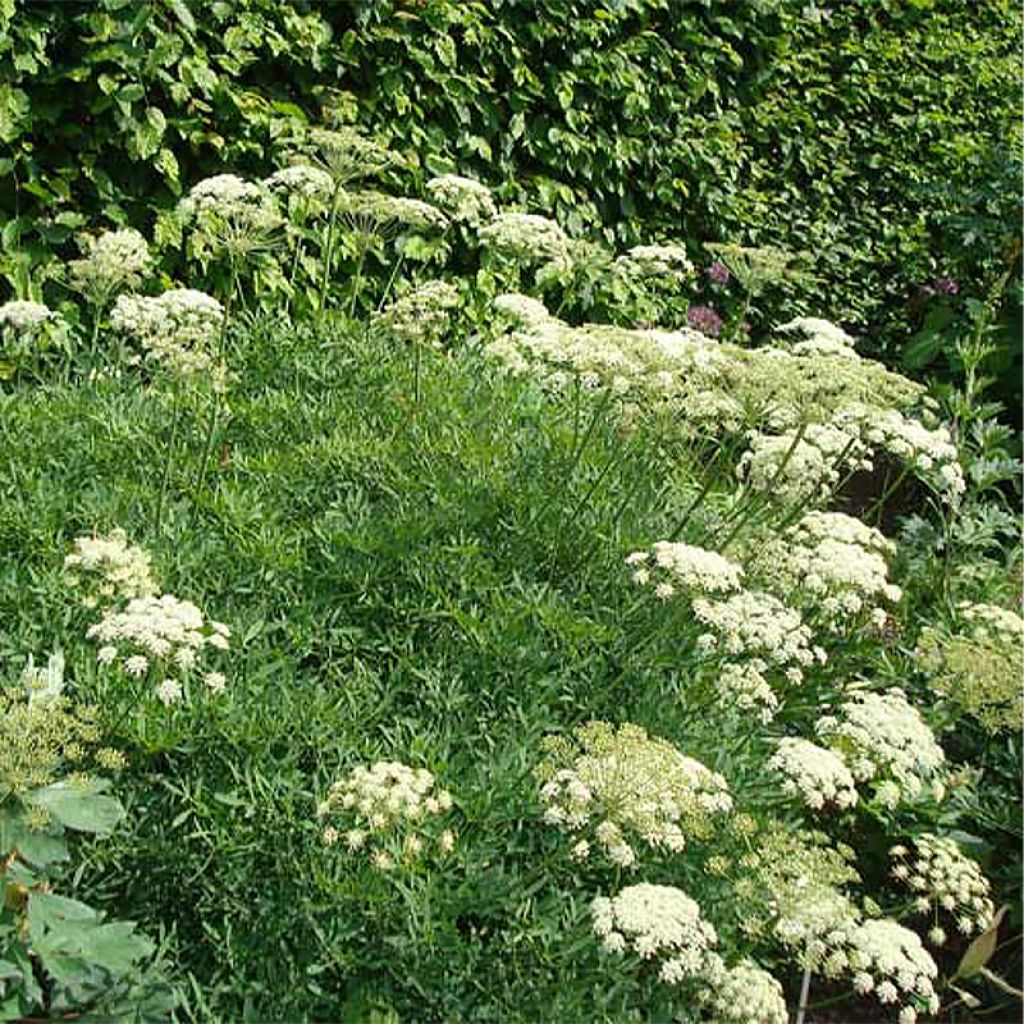

Crithmum maritimum - Crithme maritime ou Criste marine
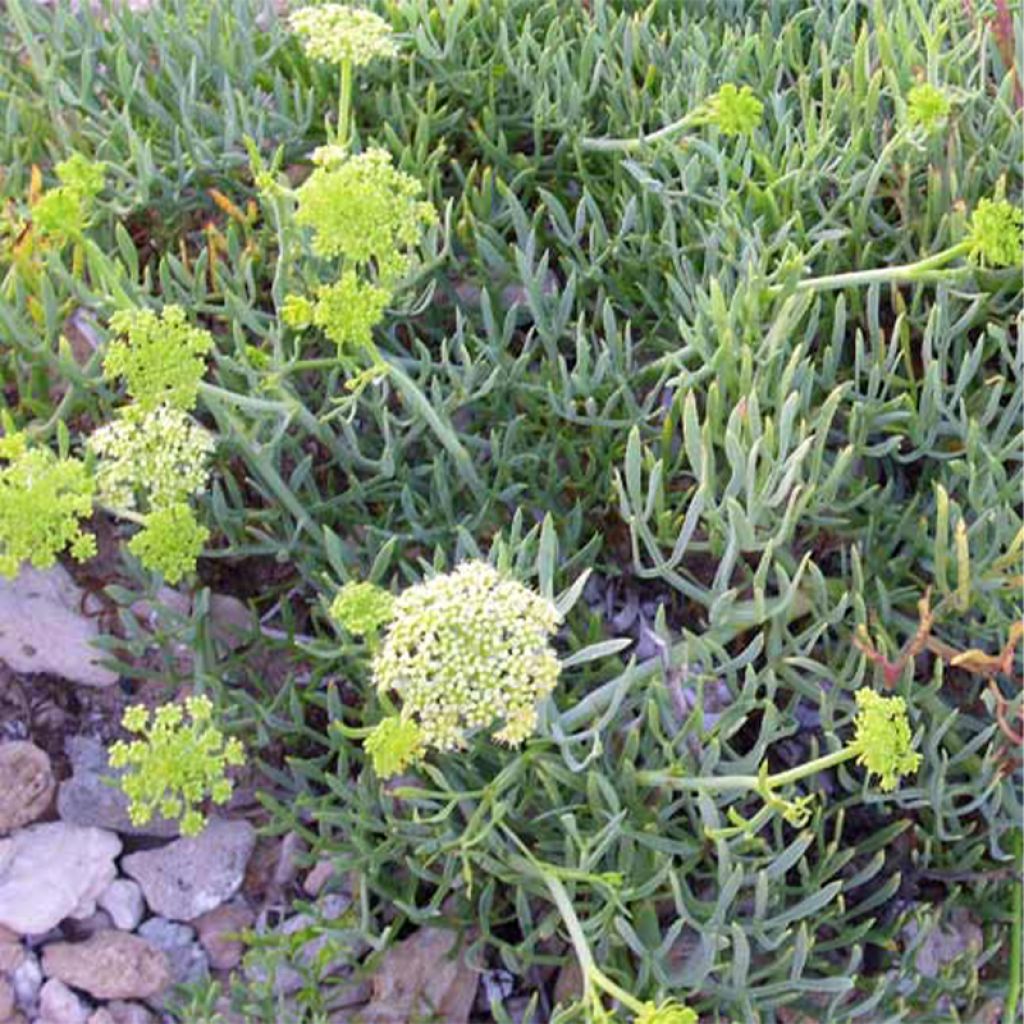

Crithmum maritimum - Crithme maritime ou Criste marine


Crithmum maritimum - Crithme maritime ou Criste marine
Crithmum maritimum
Crithmum maritimum
Rock Samphire, Camphire, Crestmarine, Peter's Cress, Samphire, Sea Fennel, Sea Samphire
Special offer!
Receive a €20 voucher for any order over €90 (excluding delivery costs, credit notes, and plastic-free options)!
1- Add your favorite plants to your cart.
2- Once you have reached €90, confirm your order (you can even choose the delivery date!).
3- As soon as your order is shipped, you will receive an email containing your voucher code, valid for 3 months (90 days).
Your voucher is unique and can only be used once, for any order with a minimum value of €20, excluding delivery costs.
Can be combined with other current offers, non-divisible and non-refundable.
Home or relay delivery (depending on size and destination)
Schedule delivery date,
and select date in basket
This plant carries a 12 months recovery warranty
More information
We guarantee the quality of our plants for a full growing cycle, and will replace at our expense any plant that fails to recover under normal climatic and planting conditions.
Would this plant suit my garden?
Set up your Plantfit profile →
Description
The Crithmum maritimum, commonly known as Sea fennel or Rock Samphire, is known as Sea Fennel due to its flowering being quite similar to that of fennel, or Stone Breaker, as it often settles in cliffs and between rocks along the coast, directly exposed to sea spray. It is an edible and medicinal perennial plant with long, light green fleshy leaves and a very long flowering period in umbels of yellowish flowers visited by pollinating insects. Sea fennel is ideal for coastal gardens that is left for nature, where its excellent drought resistance will be put to good use.
The Rock Samphire belongs to the Apiaceae family (formerly Umbelliferae), like wild carrot, fennel, parsley, and celery. It is a widespread native plant along coastlines. It can be found in rocky and dune environments on dry and salty soils. Its cold resistance is quite limited, although it can withstand short frosts of around -10°C (14°F) in the very well-drained soils it prefers.
Crithmum maritimum is a perennial plant that forms small, rounded to spreading bushy clumps. Its vegetation measures about 40 cm (16in) in height and 50 cm (20in) in width. Its stems bear evergreen foliage in winter. The leaves are slightly succulent and filled with juice. They are long and slender, light green in colour, aromatic when crushed, and have an aniseed and iodine flavour. Flowering begins in June in the form of umbels composed of numerous green flower buds. The open flowers are white to yellowish in colour, visited by pollinating insects, and continue to bloom throughout the summer. They then produce achenes containing seeds that can spontaneously reseed themselves between stones or in sandy soils. Leaves, fruits, and roots are traditionally used in herbal medicine.
Rock samphire will thrive in dry stone walls, natural rockeries, gravel beds, and arid slopes... Everywhere, the soil is poor, shallow, and well-drained. It can also be cultivated in pots, in a poor and well-draining growing medium such as cactus soil, with fairly regular watering. In a naturalistic-style border, it connects with other plants without overshadowing them. In a coastal garden, it can be combined with creeping rosemary, Globularia alypum, Convolvulus cneorum, armeria maritima, and other coastal plants. It is one of the few Mediterranean plants that flowers in summer despite the heat and drought!
Crithmum maritimum in pictures
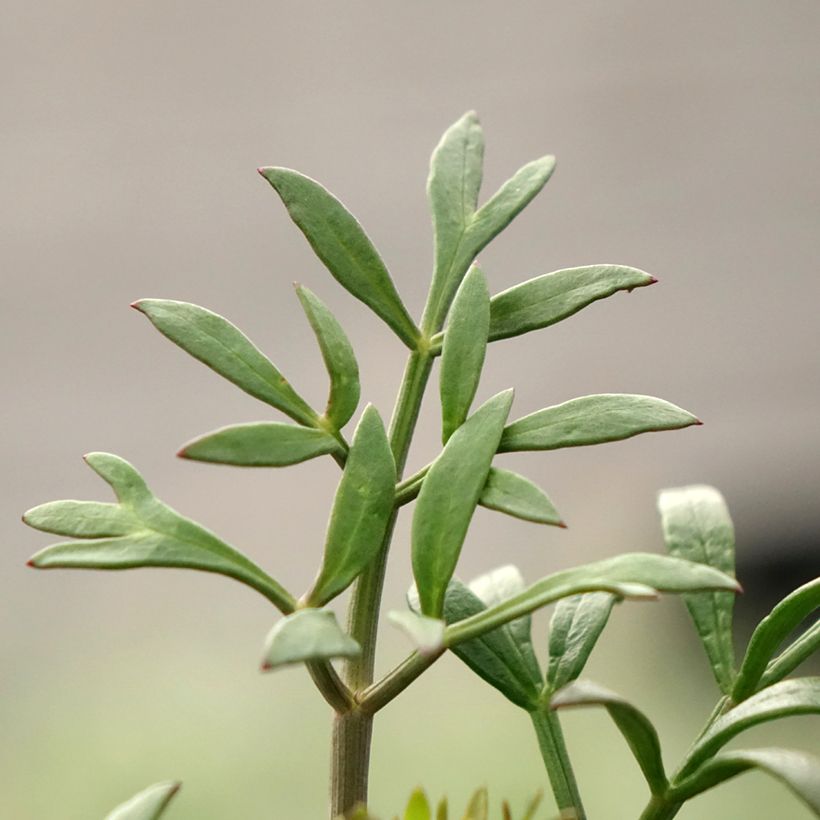

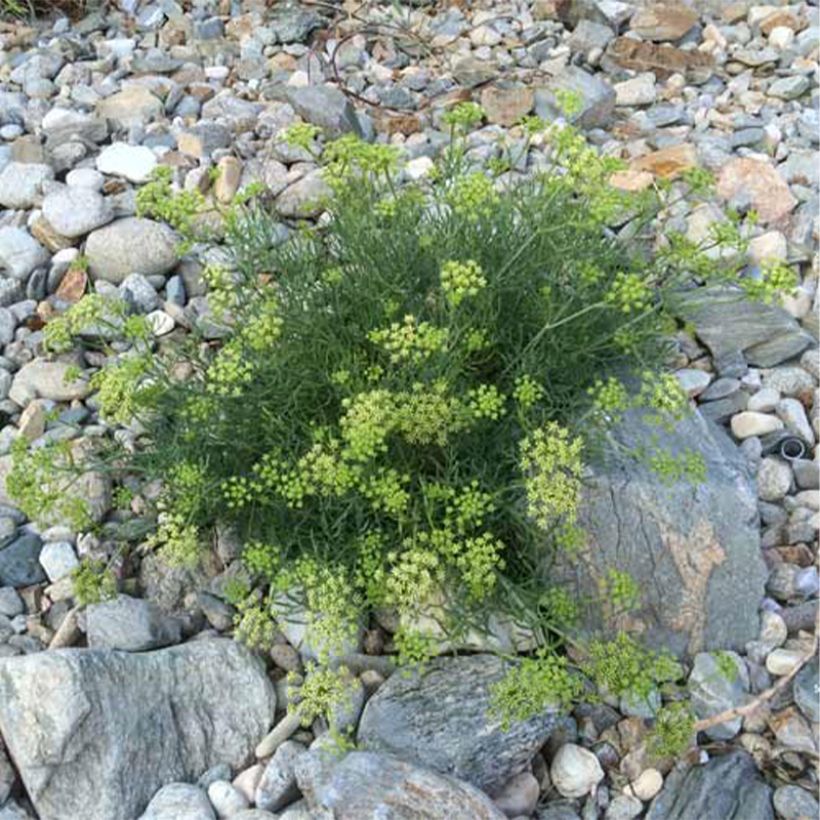

Flowering
Foliage
Plant habit
Botanical data
Crithmum
maritimum
Apiaceae
Rock Samphire, Camphire, Crestmarine, Peter's Cress, Samphire, Sea Fennel, Sea Samphire
Mediterranean
Other Chervil
View all →Planting and care
When planting Crithmum maritimum, choose a sunny spot with well-drained soil, such as rocky or sandy soil. This plant is perfect for rockeries or dry stone walls and can even be planted by the seaside in the garden border adjacent to the sea. Water the plant regularly during the first few weeks and the first dry summer to help it establish a good root system. Once the roots are established, the plant does not need to be watered, even in the driest coastal regions. Fertilizer is not necessary and is discouraged. In favourable conditions, Crithmum maritimum can withstand short frosts of around -10°C (14°F).
For container cultivation, use well-drained cactus soil that is not too rich. Water the plant regularly, but let the soil dry out between each watering. During winter, keep the plant in a very bright unheated room or in a cold greenhouse.
Planting period
Intended location
Care
Planting & care advice
This item has not been reviewed yet - be the first to leave a review about it.
Similar products
Haven't found what you were looking for?
Hardiness is the lowest winter temperature a plant can endure without suffering serious damage or even dying. However, hardiness is affected by location (a sheltered area, such as a patio), protection (winter cover) and soil type (hardiness is improved by well-drained soil).

Photo Sharing Terms & Conditions
In order to encourage gardeners to interact and share their experiences, Promesse de fleurs offers various media enabling content to be uploaded onto its Site - in particular via the ‘Photo sharing’ module.
The User agrees to refrain from:
- Posting any content that is illegal, prejudicial, insulting, racist, inciteful to hatred, revisionist, contrary to public decency, that infringes on privacy or on the privacy rights of third parties, in particular the publicity rights of persons and goods, intellectual property rights, or the right to privacy.
- Submitting content on behalf of a third party;
- Impersonate the identity of a third party and/or publish any personal information about a third party;
In general, the User undertakes to refrain from any unethical behaviour.
All Content (in particular text, comments, files, images, photos, videos, creative works, etc.), which may be subject to property or intellectual property rights, image or other private rights, shall remain the property of the User, subject to the limited rights granted by the terms of the licence granted by Promesse de fleurs as stated below. Users are at liberty to publish or not to publish such Content on the Site, notably via the ‘Photo Sharing’ facility, and accept that this Content shall be made public and freely accessible, notably on the Internet.
Users further acknowledge, undertake to have ,and guarantee that they hold all necessary rights and permissions to publish such material on the Site, in particular with regard to the legislation in force pertaining to any privacy, property, intellectual property, image, or contractual rights, or rights of any other nature. By publishing such Content on the Site, Users acknowledge accepting full liability as publishers of the Content within the meaning of the law, and grant Promesse de fleurs, free of charge, an inclusive, worldwide licence for the said Content for the entire duration of its publication, including all reproduction, representation, up/downloading, displaying, performing, transmission, and storage rights.
Users also grant permission for their name to be linked to the Content and accept that this link may not always be made available.
By engaging in posting material, Users consent to their Content becoming automatically accessible on the Internet, in particular on other sites and/or blogs and/or web pages of the Promesse de fleurs site, including in particular social pages and the Promesse de fleurs catalogue.
Users may secure the removal of entrusted content free of charge by issuing a simple request via our contact form.
The flowering period indicated on our website applies to countries and regions located in USDA zone 8 (France, the United Kingdom, Ireland, the Netherlands, etc.)
It will vary according to where you live:
- In zones 9 to 10 (Italy, Spain, Greece, etc.), flowering will occur about 2 to 4 weeks earlier.
- In zones 6 to 7 (Germany, Poland, Slovenia, and lower mountainous regions), flowering will be delayed by 2 to 3 weeks.
- In zone 5 (Central Europe, Scandinavia), blooming will be delayed by 3 to 5 weeks.
In temperate climates, pruning of spring-flowering shrubs (forsythia, spireas, etc.) should be done just after flowering.
Pruning of summer-flowering shrubs (Indian Lilac, Perovskia, etc.) can be done in winter or spring.
In cold regions as well as with frost-sensitive plants, avoid pruning too early when severe frosts may still occur.
The planting period indicated on our website applies to countries and regions located in USDA zone 8 (France, United Kingdom, Ireland, Netherlands).
It will vary according to where you live:
- In Mediterranean zones (Marseille, Madrid, Milan, etc.), autumn and winter are the best planting periods.
- In continental zones (Strasbourg, Munich, Vienna, etc.), delay planting by 2 to 3 weeks in spring and bring it forward by 2 to 4 weeks in autumn.
- In mountainous regions (the Alps, Pyrenees, Carpathians, etc.), it is best to plant in late spring (May-June) or late summer (August-September).
The harvesting period indicated on our website applies to countries and regions in USDA zone 8 (France, England, Ireland, the Netherlands).
In colder areas (Scandinavia, Poland, Austria...) fruit and vegetable harvests are likely to be delayed by 3-4 weeks.
In warmer areas (Italy, Spain, Greece, etc.), harvesting will probably take place earlier, depending on weather conditions.
The sowing periods indicated on our website apply to countries and regions within USDA Zone 8 (France, UK, Ireland, Netherlands).
In colder areas (Scandinavia, Poland, Austria...), delay any outdoor sowing by 3-4 weeks, or sow under glass.
In warmer climes (Italy, Spain, Greece, etc.), bring outdoor sowing forward by a few weeks.






























